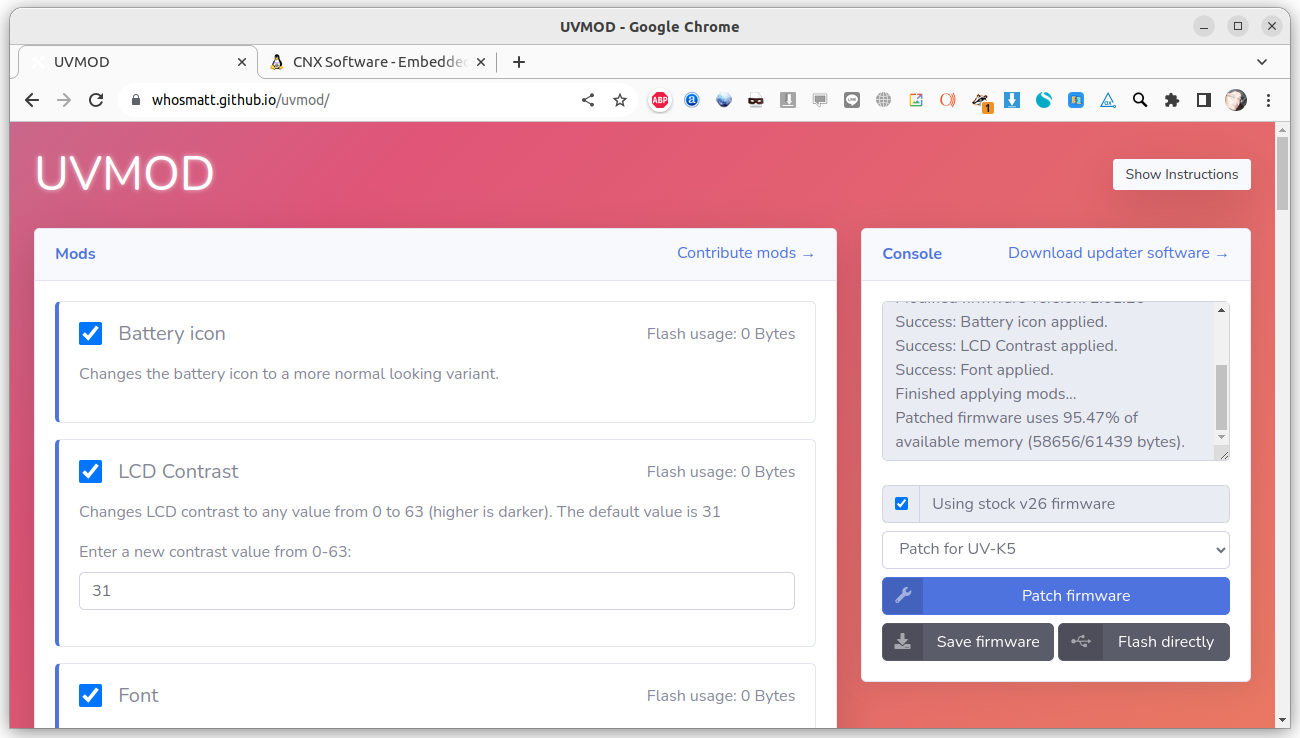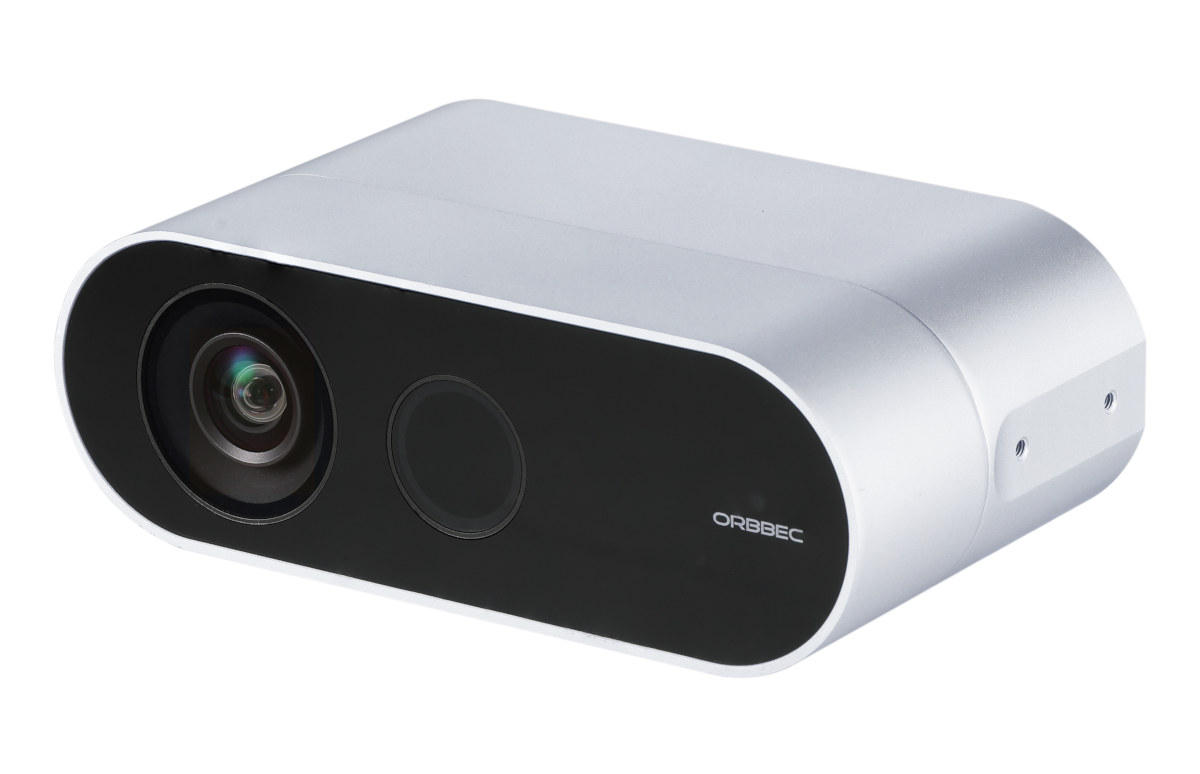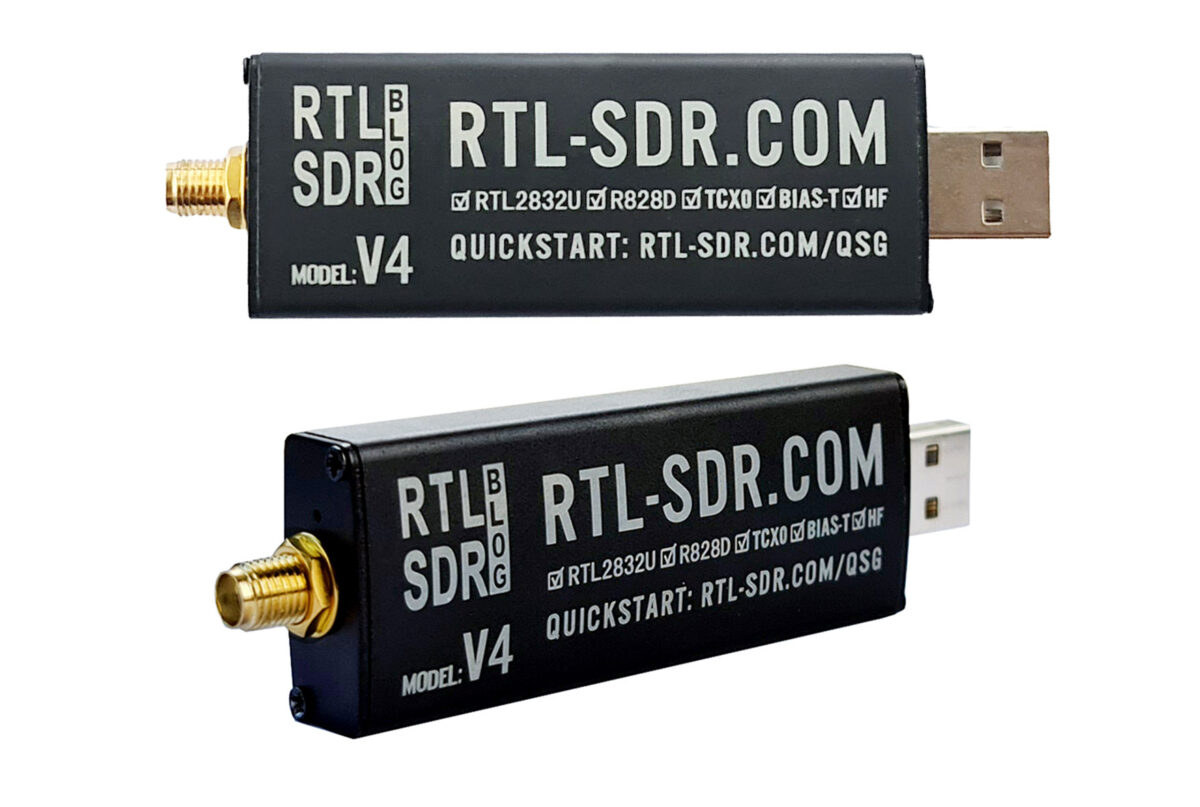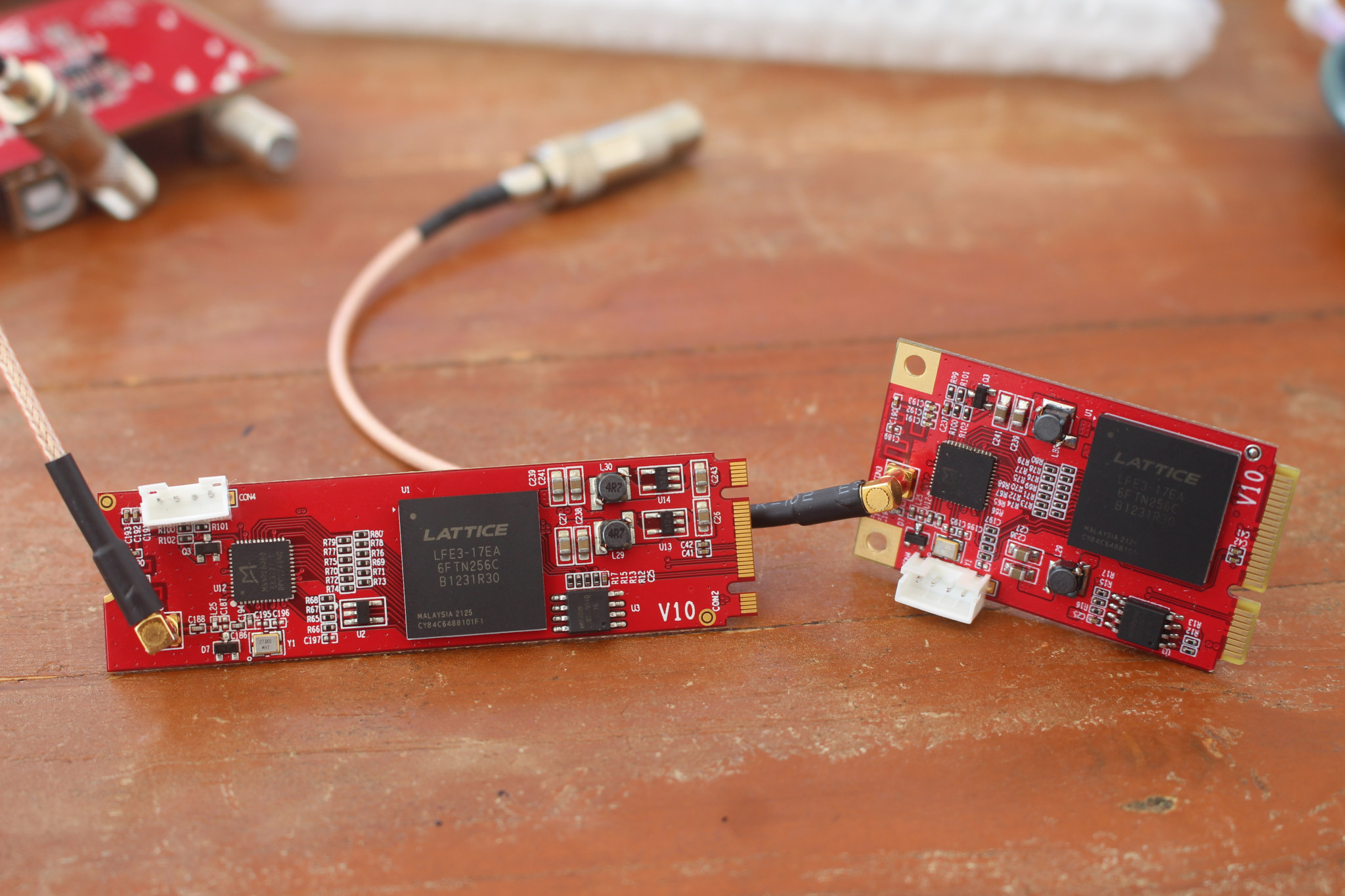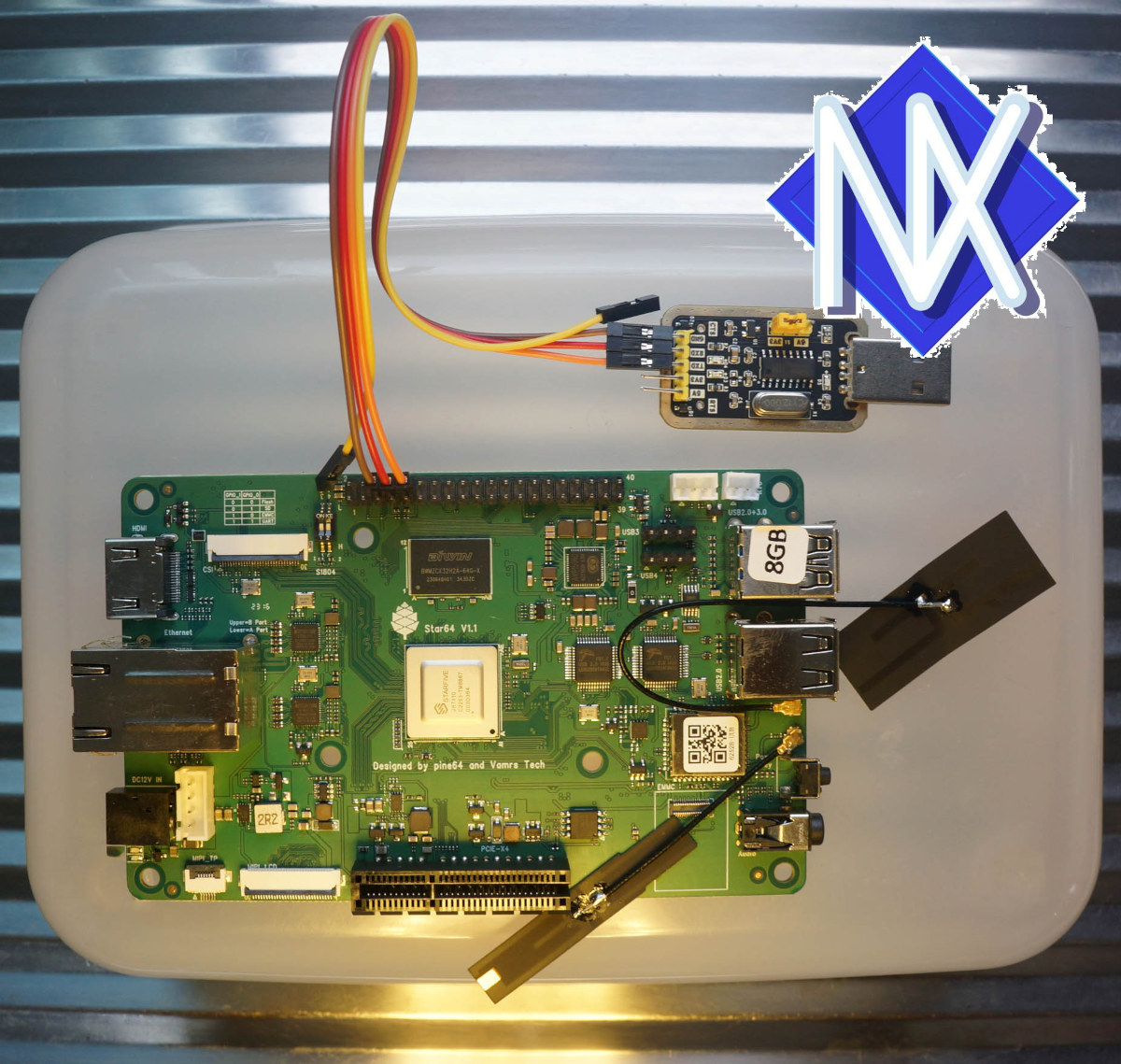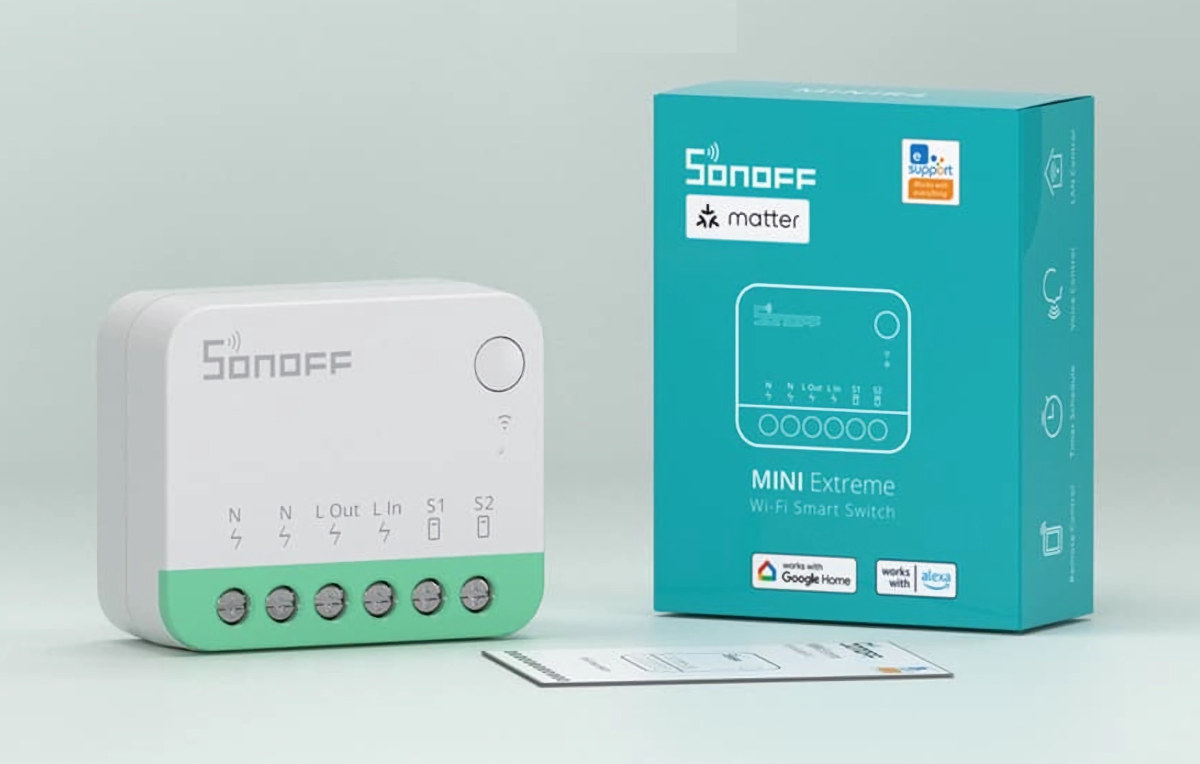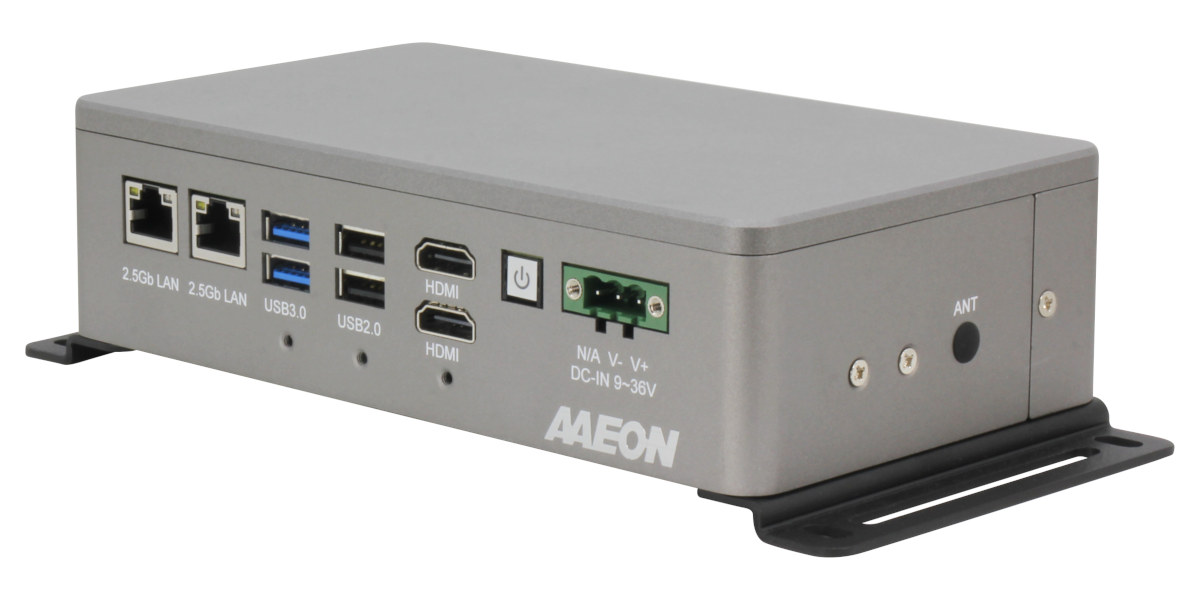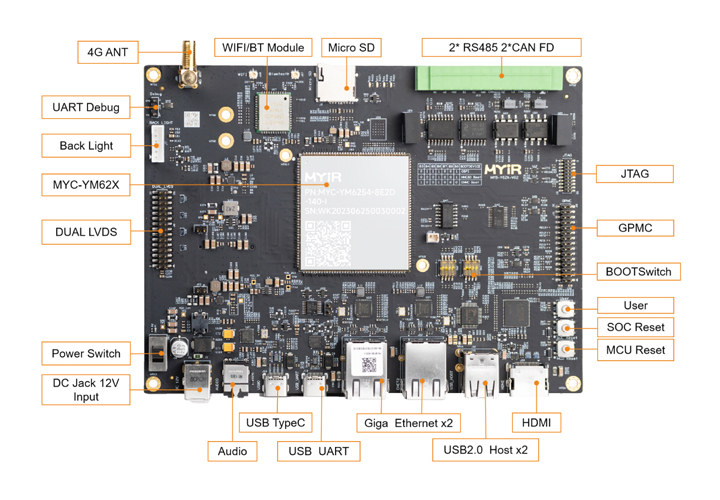We’ve recently written about the Quansheng UV-K5 multiband radio which supports experimental firmware to work in a wider 18 MHz – 1300 MHz frequency range than with the stock firmware so it can be used for amateur radio, air traffic control, Citizens Band (CB) radio, and other fun stuff. But flashing the firmware requires downloading the manufacturer’s Windows-only programming software and customizations are provided through multiple firmware files. But it has now become much easier to flash the firmware for Quansheng devices thanks to the work of whosmatt who developed the UVMOD web interface using WebSerial to flash the firmware and even customize it from Windows or Linux. The interface supports Quansheng UV-K5, UV-K6, UV-K5(8), and UV-5R Plus handheld radios, and you’ll need a web browser that supports the WebSerial API to flash the firmware directly from the web browser directly, which means only the desktop versions of Chrome, Edge, […]
Orbbec Femto Bolt 3D depth and RGB USB-C camera supports Microsoft ToF technology
Orbbec Femto Bolt is a 3D depth and RGB USB-C camera developed in collaboration with Microsoft and integrating the same ToF (Time-of-Flight) technology as found in the Microsoft Azure Kinect camera module and HoloLens 2 mixed reality head-mounted display. The new model follows the launch of the fully integrated Femto Mega featuring an NVIDIA Jetson Nano module introduced in January with the same ToF technology, so the new USB-C camera simply allows a wider selection of hosts. Orbbec has also launched the Femto Mega I variant with an IP65 metal enclosure. Orbbec Femto Bolt specifications: Cameras Depth camera 1 Mega Pixel ToF sensor 850nm wavelength 0.25 to 5.45m range depending on the depth mode Up to 1024×1024 @ 15 fps (WFoV) or 640×579 @ 30 fps (NFoV) FoV Wide – H: 120°; V: 120° Narrow – H: 75°; V: 65° RGB camera 4K resolution up to 3840×2160 @ 25 fps […]
RTL-SDR Blog V4 dongle launched with Rafeal R828D tuner chip
RTL-SDR has just launched the RTL-SDR Blog V4 dongle for software-defined radio (SDR) enthusiasts based on the Rafael R828D tuner chip with three switchable inputs instead of the R860 chip used in RTL-DSR Blog V3 dongle. The new model still features the Realtek RTL2832U demodulator found in all previous versions of the SDR USB dongles but adds basic input filtering, integrates an improved LDO for the power circuity leading to fewer heat emissions, and improves HF reception thanks to a built-in upconverter. The main RTL-SDR Blog V4 dongle improvements include: Improved HF Reception thanks to a built-in upconverter instead of using a direct sampling circuit. Some positive consequences are that there’s no more Nyquist folding of signals around 14.4 MHz, improved sensitivity, and adjustable gain on HF. Improved filtering thanks to the three inputs of the R828D tuner chip found in the V4 dongle. Three bands (HF, VHF, and UHF) […]
M.2/mini PCIe card adds DVB-S2X/S2 tuner to desktop PCs and (some) SBC’s
TBS has designed two small DVB-S2X/S2/S tuner cards with the TBS7230 M.2 module and TBS7901 mini PCIe module designed to easily add DTB support to a desktop PC or even a single board computer with the right interfaces. Both models are based on a Lattice Semi LFE3-17EA-6FTN256C FPGA and Montage LZ M88RS6060 single-chip DVB-S2X/S2/S receiver with a tuner, a demodulator, and an LNB controller, but as I understand it, the mPCIe module relies on a USB PCIe (see comments section) interface, while the M.2 module features a PCIe interface and you can even install more than one in a PC through a PCIe card for NVMe drives. TBS7901 specifications: Host interface – Mini PCIe edge connector Tuner DVB-S2X/S2/S DVB-S2 QPSK – 1/2, 3/5, 2/3, 3/4, 4/5, 5/6, 8/9, 9/10 8PSK – 3/5, 2/3, 3/4, 5/6, 8/9, 9/10 16APSK – 2/3, 3/4, 4/5, 5/6, 8/9, 9/10 32APSK – 3/4, 4/5, 5/6, […]
Star64 RISC-V SBC can now boot Apache NuttX real-time operating system
Most of the software development efforts on the more powerful RISC-V boards like Pine64 Star64 or StarFive VisionFive 2 have been focusing on Linux, but Lup Yuen Lee tried something different and managed to boot Apache NuttX real-time operating system on the StarFive JH7110-powered Star64 SBC. NuttX may not often make the news, but they are plenty of supported platforms, and we previously played with it on the Sony SPresense board, and reported about NuttX RTOS on ESP32, so it’s good seeing the open-source real-time operating system add support for the RISC-V architecture. [Update: RISC-V support was added many years ago, sometimes around 2016] The main trick to boot NuttX on the Star64 is to make U-boot think the NuttX kernel is the Linux kernel. That means a Linux image such as sdcard.img for the VisionFive 2 board will be used to get OpenSBIU and U-boot bootloaders, and the NuttX […]
SONOFF MINIR4M – A Matter-compatible WiFi Smart Switch
SONOFF MINI Extreme (MINIR4M) is the first Matter-certified home automation device from the company and appears to be based on the same hardware design as the SONOFF MINI Extreme (MINIR4) ESP32 WiFi smart switch that we reviewed last March and is still working fine in my bedroom. Support for the Matter protocol means better interoperability with other brands of Matter-certified products, so you should be able to use the MINIR4M wireless switch with a Samsung Matter-certified Smart Home gateway instead, as well as Apple Home, Google Home, Amazon Alexa, and other apps besides the eWelink mobile app. The main visual difference I see between the MINIR4 and MINIR4M is the color with Orange referring to WiFi support and Green to Matter support. SONOFF MINI Extreme (MINIR4M) specifications: MCU – Espressif Systems ESP32 dual-core wireless microcontroller Connectivity 2.4 GHz WiFi 4 Bluetooth LE used for pairing Matter certification Input – 100-240V […]
BOXER-6406-ADN Alder Lake-N fanless embedded computer supports 9V-36V DC input
AAEON BOXER-6406-ADN is a compact fanless embedded computer powered by the popular Intel Alder Lake-N family of processors with their the Processor N50, Processor N200, or Intel Atom x7211E SoC. The mini PC comes with up to 32GB DDR5, supports M.2 NVMe SSDs and 2.5-inch SATA drives for storage, integrates two HDMI 2.0 video outputs and two 2.5GbE ports, and features specific to the embedded/industrial market such as three DB9 serial connectors (COM ports), one DB15 connector for digital I/Os, and a wide range 9V-36V DC input terminal block. BOXER-6406-ADN specifications: Alder Lake-N SoC (one or the other) Intel Atom x7211E dual-core processor up to 3.2 GHz with 6MB cache, 16EU Intel UHD Graphics; 6W TDP Intel Processor N50 dual-core processor up to 3.4 GHz with 6MB cache, 16EU Intel UHD Graphics; TDP: 6W Intel Processor N200 quad-core processor up to 3.7 GHz with 6MB cache, 32EU Intel HD graphics; […]
Ultra-compact 45x43mm CPU module features TI Sitara AM6231, AM6252, or AM6254 Arm SoC
MYiR Tech has just announced the tiny, yet full-featured MYC-YM62X CPU module powered by Texas Instruments Sitara AM6231, AM6252, or AM6254 Cortex-A53/M4 processor for HMI and IoT applications as well as the corresponding MYD-YM62X development board used for evaluation. The new MYiR module joins other Texas Instruments AM62x system-on-modules such as Toradex Verdin AM62, Forlinx FET625x-C, Variscite VAR-SOM-AM62, and others, but at just 45x43mm, it is the smallest AM62x CPU module we’ve seen so far yet the company says it still provides access to all features from the processor thanks to its 222 castellated holes. MYC-YM62X CPU Module Specifications: SoC (one or the other) Texas Instruments AM6254 (AM6254ATCGGAALW) with quad-core Cortex-A53 @ 1.4GHz, Cortex-M4F real-time core @ 400MHz, 3D GPU, 2x PRU-SS running up to 333MHz Texas Instruments AM6252 (AM6252ATCGGAALW) with dual-core Cortex-A53 @ 1.4GHz, Cortex-M4F real-time core @ 400MHz , no GPU, PRU-SS running up to 333MHz Texas Instruments […]


